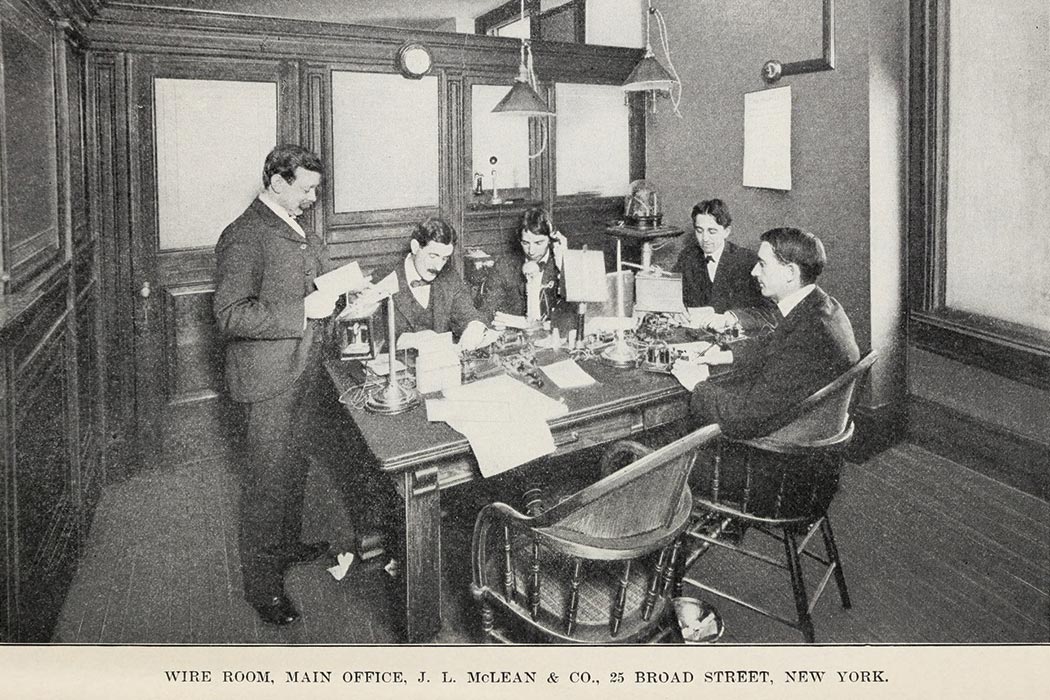In The News
In the New York Times, Maureen Sherry shares some personal anecdotes, all-too-familiar to many of us, about her time as a rare female trader on Wall Street. She describes not just becoming “one of the boys” but also having to put up with targeted harassment and hazing-style pranks because of her gender; even worse, her acclimation to that culture.
I shared a funny story about my first day on Wall Street, when I opened up a pizza box to find condoms instead of pepperoni slices. Unwrapped. I was “the new girl,” and the guys just wanted to see me blush. I did blush, and I lived.
“It’s not that bad anymore,” I said with a laugh [to a female job candidate I was interviewing at the time].
She was horrified. “How could you stand that?”
“Stand what?” I thought to myself.
In male-dominated professions, change has been slow, despite legislative and organizational efforts. Sherry says that trading firms, in fear of gender-discrimination accusations, have developed intricate contractual protections that have done nothing to fix either the pay gap or the glass-ceiling/elevator, or the cultures of initiation and performativity that workplace social networks enforce.
Further Reading on JSTOR
Similar reports from an array of male-dominated professions paint a dour picture: from finance to law and the sciences, women find themselves changing their personalities and habits to fit in—often subconsciously. The ways women silence themselves in order to be accepted in masculine workplaces then propagate, as those women are responsible for hiring and mentoring the next generation.
Louise Marie Roth, who has published extensively about gender on Wall Street, described it as a problem of tokenism: displaying and performing class and gender signifiers that will allow others to “select” you if you’re similar enough to themselves. In her studies she found women that had succeeded as far as management positions were known for adopting masculine traits, and had somehow succeeded at the “double standard” of retaining some and rejecting other feminine traits:
The abstract Wall Street worker was clearly masculine, requiring female securities professionals to exhibit ‘masculine’ personality traits to prove their competence. However, these women also faced expectations that they would behave in appropriately feminine ways, and therefore less competently, while they had to demonstrate superior competence at jobs defined by masculine stereotypes. … [F]emale respondents in positions in which they had to manage others encountered contradictory double standards: they were supposed to be feminine and nice, on one hand, and possess the male characteristics of firmness and authority, on the other.
There’s also Laura Rhoton’s research on science, technology, engineering, and math workers, reported in Gender and Society in 2011. The female scientists she spoke to expressed distinctions between themselves and more feminine women, both in and outside their professions. Rhoton concludes that to “fit in” in STEM fields, women have to adopt a performative masculinity and distance themselves from feminine behaviors and traits:
… some of my respondents’ comments indicate a desire to distance themselves from stereotypical femininity by disparaging women who they believe possess feminine characteristics or engage in feminine practices. The respondents in this category often cite professional demands and expectations regarding the qualities of scientists when discussing what they perceive as unprofessional or negative traits and behaviors in other women colleagues.
Rhoton reports only one respondent who felt pressure to dress and act more feminine, in order to “be a role model” for young women who may be interested in joining her profession.
Training for gendered work performances can even start early: Lani Guinier, Michelle Fine, Jane Balin, Ann Bartow and Deborah Lee Stachel performed extensive research on the students of the University of Pennsylvania’s law school. In-person interviews, written narratives and surveys, and academic performance data were all used to show the “insidious effects of gendered stratification in law school ‘socialization.’” Their most effective contrast is between first-year and final-year female law students:
These women describe a dynamic in which they feel that their voices were ‘stolen’ from them during the first year. Some complain that they can no longer recognize their former selves, which have become submerged inside what one author has called an alienated ‘social male.’
Besides the self-reported feelings of alienation and enforced masculinity, the female students of their study also received fewer honors and lower grades over the course of law school, despite entering with the same credentials as the males in their cohort. One of the most affecting parts of this study is how female and racial-minority students report their class participation as performances, where they feel the pressure to speak for their entire demographic; many instead chose not to speak at all.







